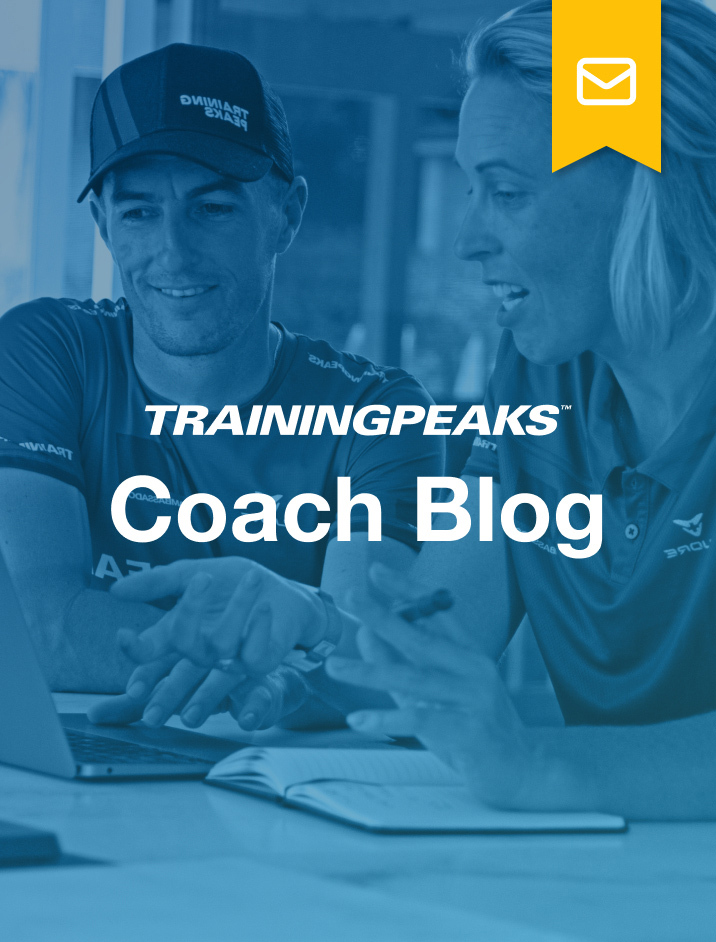As coaches and athletes continue to work through the base building season, it’s time to refine your game plan and decide what to focus on. Intensity is important during base-building periods, but how often and how intense are always a question.
Let’s start with the basics. Base training is meant to build aerobic endurance and longer efforts on the bike are needed to achieve that. Length depends on the training zone you’re working in. In this article, we will take a look at each training zone, discuss how to get the most out of each zone in terms of duration, and learn more about how you might combine zones within a workout.
During the base season, sub-maximal efforts should be the main focus. Heart rate and power are both great tools to make sure you’re getting the most out of your workouts. I recommend using Joe Friel’s heart rate zones and Andy Coggan’s power zones for reference. Keep in mind that there are thousands of ways to combine these zones to create a workout. For this article,/ we will focus on intensity and how long your athletes can sustain that intensity so that you can build better workouts for your athletes.
Breaking Down the Zones
Zone 1
Zone 1 is essentially recovery. As your athletes work toward the upper end of zone one, they should begin to feel some effort, but for the purpose of this article we discuss Zone 1 only as a recovery zone.
When the aerobic system is pushed to the limit, Zone 1 spinning is necessary for recovery. Entire days can be dedicated to zone one. These days are great recovery days after a hard race or within a recovery week. It is fairly easy to maintain both power and heart rate for these efforts.
Zone 2
Zone 2 training plays an important role throughout the base season. These days allow you to break up your week with easier, steady efforts that are not too effortless. Meaning, a steady spin in Zone 2 for several hours or more will allow some recovery from your harder workout days but still provide some training stress to promote aerobic gains.
You should be able to sustain a Zone 2 effort for hours. These days are great for building capillary density to increasing the amount of fat you burn for energy. Spacing harder Zone 4 or 5 efforts with a Zone 2 spin is a great endurance builder. This again allows some recovery but not full recovery, helping to build that aerobic engine.
It’s very achievable to work with both heart rate and power in this zone, unless greater fatigue is present. If either power or heart rate is low and perceived exertion is high, that is a good sign to back off and go easier for the day.

Zone 3
A Zone 3 effort with both heart rate and power is a place where you can really test your form for the day. Achieving both heart rate and power goals or reaching high power while keeping heart rate in check, means you’re having a good day. This is often called a sweet spot for building your aerobic engine.
You can build greater aerobic power here from working efforts ranging from five to ten minutes and up to over 30 minutes. Spacing these efforts with Zone 2 spins will provide a great base-building day.
Perceived exertion may vary when in Zone 3 depending on the level of fatigue, but as long as you can achieve the desired power and heart rate then it is all systems go. Additions to these days can be powerful 30 to 60 second Zone 5 or 6 efforts before or after the Zone 3 effort.
Zone 4
Zone 4 efforts are ideal for long climbs, group rides, and low cadence force work. These efforts, especially in the lower end of the zone, can be sustained up to 15-minute periods or longer depending on level of fitness and fatigue. Race days contain a lot of these efforts so it is a good idea to work these into the build periods.
When you combine Zone 4 with other zones and have base building in mind, keep the Zone 5 efforts short, limiting them to just minutes in length. This reduces muscle fatigue and allows you to work longer and more powerful in Zone 4 and 3 efforts.
When working Zone 4 efforts, you will start to see a greater disconnect between heart rate and power at times, especially at the top end of this zone. If aerobically fatigued, heart rate will lag even if you can reach the zone with power immediately. If fresh, heart rate may drift higher into Zone 5 while in Zone 4 with power. For this reason, it’s good to use all three main sources of feedback: power, heart rate, and perceived effort. A good rule of thumb is to gauge zones by at least two of the three sources of feedback.
Zone 5
For the base season, Zones 5 and above efforts should be incorporated into training, but sparingly. This is where power becomes the most precise tool to gauge the effort. The best use for these ranges during the base period is with short efforts up to several minutes in length, combined with Zones 3 and 4.
Focus on longer Zone 2 and 3 spin efforts for your hard workouts early in the base season. As you progress into build periods, work more Zone 4 and 5 efforts, incorporating force work and sprints.
Keeping your focus on aerobic power gains through the base season will set you up with a system ready to handle the high intensities of race day.



